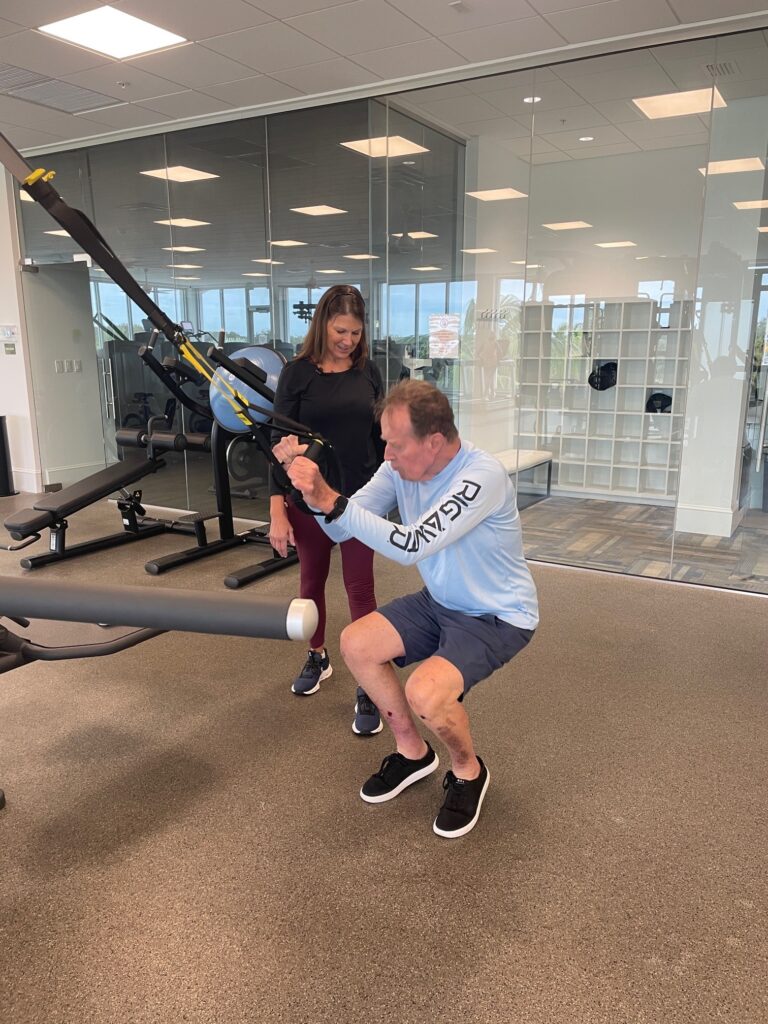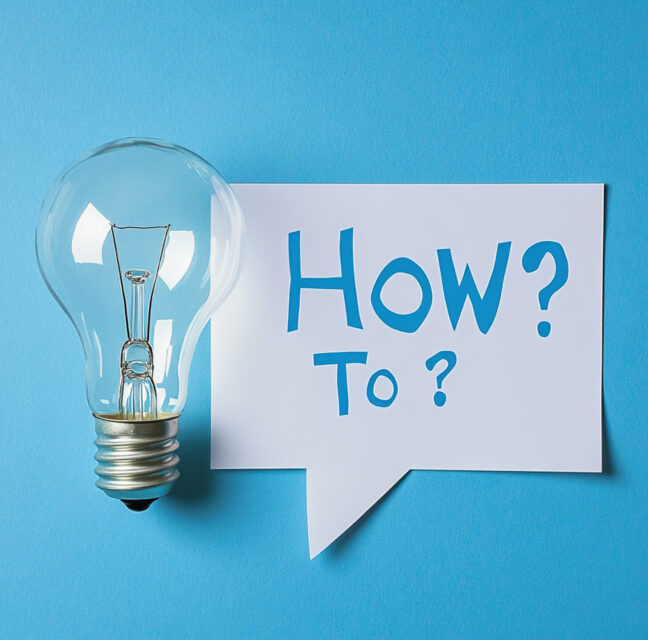
A GOLF TIP
Add Distance To Your Drives!
The grip must be in your fingers, not the palm. Your stance should be wide with your feet shoulder-width apart. The plane of your swing must be around your body, with the club coming from the inside for impact. An around-the-body swing is helped by a right-to-left (for right-handed players) weight shift, which in turn creates the release from the inside. And the club coming from the inside to impact creates maximum speed and distance. Increasing your club head speed starts with the fundamentals – a good grip and a good posture. Once you are set up for success, it is easier for your body motion to move freely behind the ball in the backswing, and into the ball on the way through. A great drill is to swing a golf club three feet off the ground (sort of a baseball-type swing but using your golf grip and posture). This will help you feel the right swing plane and release through impact.
ANGEL TREE
It’s that time again. … Each year, we work with Ana’s Friends, a nonprofit organization serving abused, neglected and abandoned children in Southwest Florida. We at The Club at Gateway have been associated with this organization for many, many years (formerly known as Guardian Ad Litem). Each year, we display a special tree and hang gift tags with the child’s age and gender provided. Our members take a tag or two and buy wonderful gifts for each child. This year we have over 120 tags and we know there will not be one left. People here are so generous. Thanks in advance for all the kindness and generosity!
FITNESS … WITH MARY MARGARET

Our great friend and long-time member, Brian McVeigh, has been on an inspiring journey of resilience and recovery, thanks in part to his dedicated work with Mary Margaret Tinutis, our personal trainer at The Club at Gateway. Over the past few years, Brian has faced significant medical challenges, including the implantation of a pacemaker, a Parkinson’s diagnosis, and the draining of fluid from his brain. Despite these hurdles, his collaboration with Mary Margaret has led to remarkable improvements. Brian reports feeling more confident and stronger, while his wife, Sandy, observes that his daily activities have become more manageable. Their recent attendance at an out-of-state wedding brought heartwarming comments from family members who noted the positive changes in his posture and steadiness. Brian’s story is a testament to the power of perseverance and the support of a loving wife and community. Keep up the great work, Mr. McVeigh!
RACQUET SPORTS
A tennis player walks onto a pickleball court …

Director of Racquets at
The Club at Gateway
It sounds like the start of a rowdy joke. Instead, it’s a fairly common pickleball origin story.
More than 23 million people played tennis in 2022, according to a study from the Tennis Industry Association. With pickleball often alongside – or in some cases, on – tennis courts, it’s only natural that some tennis players become a little curious about the game.
From the outside, it looks like tennis and pickleball have a lot of similarities. And though both sports share some similar strategies and require similar skill sets, there is certainly a transitional period for tennis players who try their hand at the sport.
Whether you’re a tennis player picking up a pickleball paddle for the first time or a pickleball expert trying to help your tennis-playing friends learn the game, here’s everything you need to know about transitioning from playing with rackets to playing with paddles.
UNDERSTAND THE NEW RULES
Sure, tennis and pickleball involve a court, a net, and a ball. For most tennis players, though, that’s where the rules similarities end. From serving to scoring to the famous kitchen, the court layout and scoring structure take some getting used to. Tennis players should familiarize themselves with the new rules, and experienced players should be patient as they learn.
FOCUS ON GRIP
Tennis players know having the right grip can make a big difference in your play on the court. Pickleball is the same way, and it might take some time to find the grip that feels most comfortable for you. Some tennis players prefer to use a similar grip size to their tennis racket for their pickleball paddle, while others prefer something smaller. And, of course, adapting your favorite tennis grip, whether that’s eastern, western or continental, to pickleball can take some time, too.
The key to making this shift, of course, is plenty of practice and match play. Work with a coach who can walk you through the different grips and teach you how to identify and develop the right grip for you.
EMBRACE THE DINK
Pickleball has its own set of unique shots. Tennis players often have excellent groundstrokes and strong volleying skills. Dinking, though, is a new concept. It can be hard to slow down and hit a “soft” shot after hitting with force.
Tennis players should prioritize learning about pickleball shots like dinks to help them fully embrace the game and be successful. Learning the strategy behind the dink and when to use it can go a long way to making the transition to pickleball a lot easier.
LEARN THE IMPORTANCE OF THE THIRD SHOT
The third shot is important to how points develop, and every player has a different approach based on their skillset.
The two-bounce rule keeps players from rushing to the net right after they serve, which can be a hard adjustment for tennis players. It’s important to wait for the serve and the return to bounce before hitting a shot and use the third shot to transition forward. Whether you prefer a third shot drop or a third shot drive, learning how to make the most of this crucial shot can help take your game to the next level.
TAKE IT SLOW
Having tennis experience will help you transition to pickleball, but it won’t make you an instant champ. As with any new sport, it takes time to learn the strategy needed to win and truly transition from tennis to pickleball. Take every opportunity to play with people of all skill levels to help you learn and consider taking an introduction to pickleball lesson at your local club or park.
Then, try your hand at open or group play by heading to a local park or signing up for a session at a pickleball facility. These events are great ways to learn the ropes, make some friends, and learn about the pickleball scene.
Then, it’s time to take some lessons! Since tennis players have some transferable skills for pickleball, it can be easy to play regularly without taking a lesson or getting high-level instruction. Working with a coach will help you learn the ins and outs of pickleball strategy and truly make the transition from tennis.
DID YOU PLAY TENNIS BEFORE PICKLEBALL?
It’s very common for tennis players to transition to pickleball, fall in love with the game, and become some of the sport’s biggest advocates. Truly transitioning from tennis to pickleball can take some time, but the effort is well worth it.
Are you transitioning from tennis to pickleball?
PRACTICE, PRACTICE, PRACTICE
If you’re shifting from tennis to pickleball, schedule plenty of time to practice and stick with it! If you’re trying to help a friend transition from tennis to pickleball, take some time to play alongside them to help them learn the rules and talk them through the strategy. It takes some time, but you’ll end up with a fierce doubles partner!






